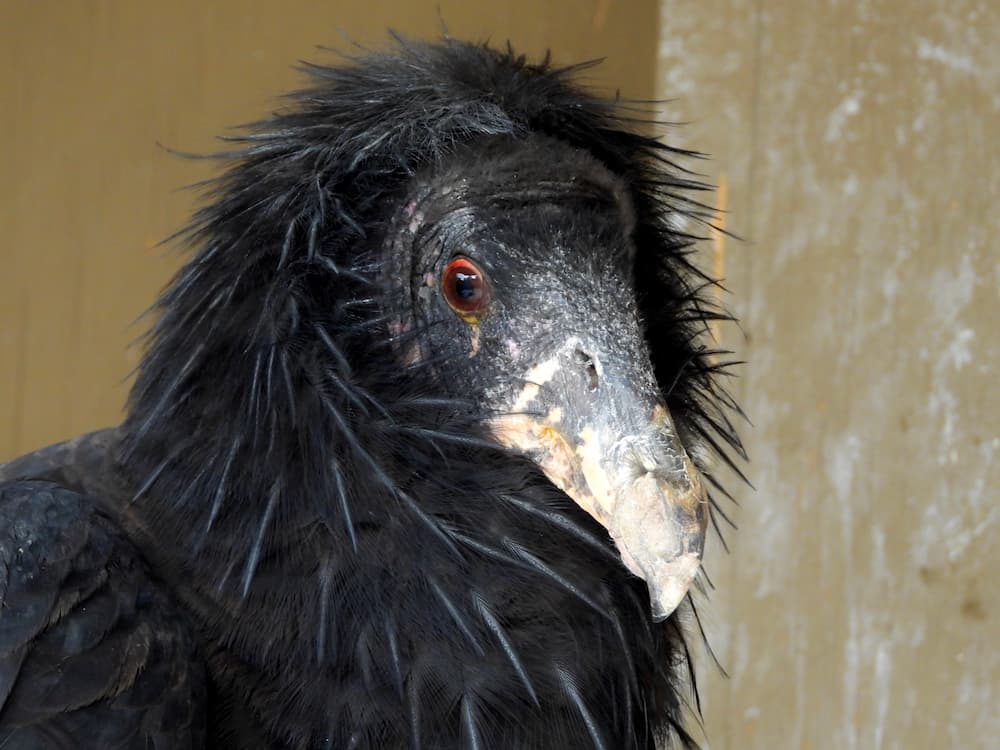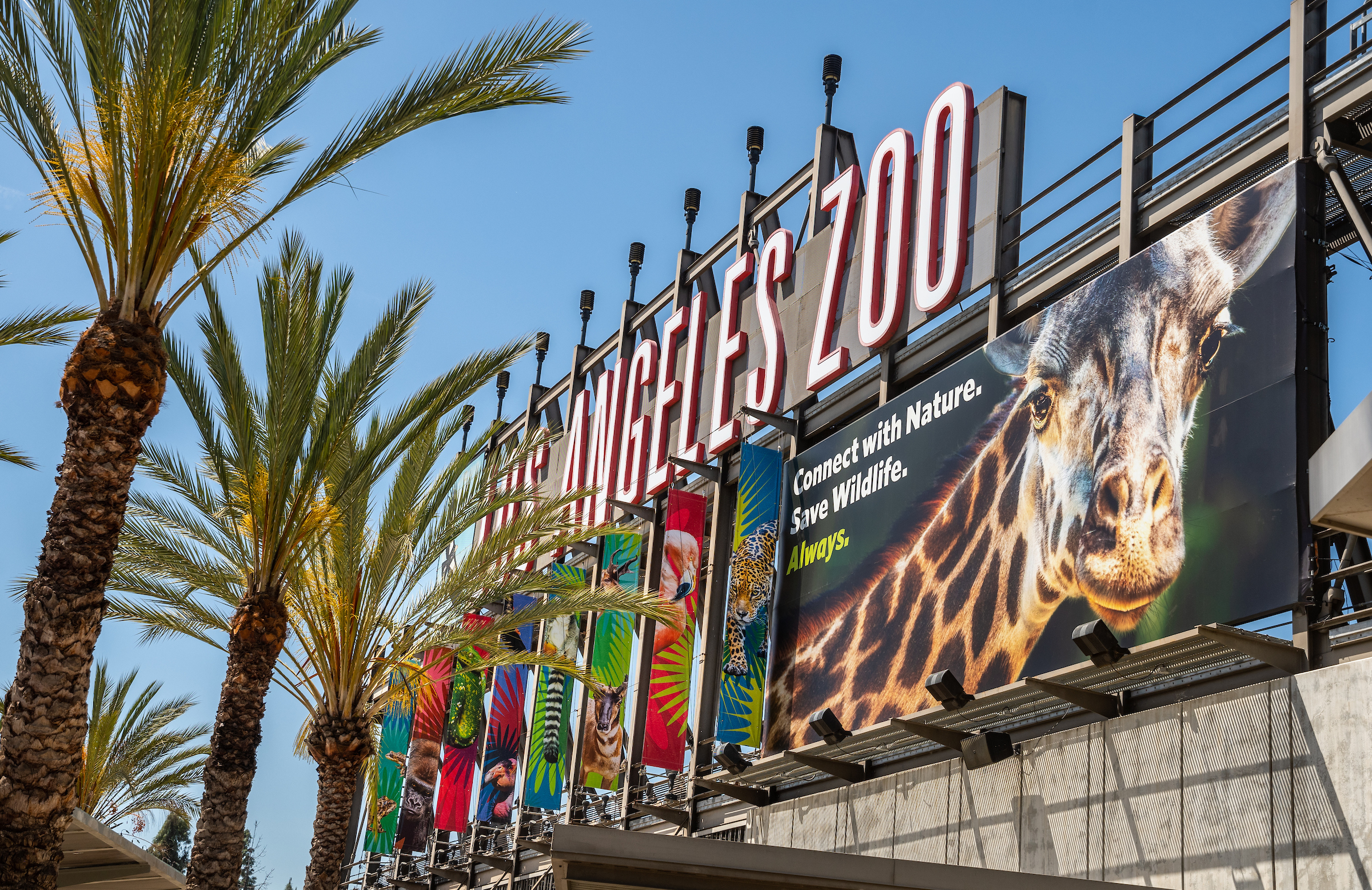
We’ve reached another conservation milestone for California condors. This summer and fall, birds from the L.A. Zoo participated in successful, historic vaccine trials, furthering condor recovery efforts by creating a potential shield against highly pathogenic avian influenza (HPAI).
The trial was developed in coordination with the U.S. Fish & Wildlife Service, USDA, and U.S. Geological Service and was carried out by the L.A. Zoo, San Diego Zoo Wildlife Alliance, Oregon Zoo, and Carolina Raptor Center. Results from the first test group showed that 60 percent of the condors produced the measurable antibodies expected to provide partial protection against mortality from HPAI if the birds are exposed.
“Just over 30 years ago, the L.A. Zoo joined the U.S. Fish and Wildlife Service and its partners to help save and protect these critically endangered birds. The species was on the brink of extinction, and our work continues to be vital to the recovery—increasing the population from approximately 20 in the 1980s to more than 500 California condors in the world today,” says L.A. Zoo CEO & Director Denise M. Verret. “This vaccination protects these birds from a new, existential threat: the highly pathogenic avian influenza virus.”
HPAI threatened many wild bird species in the United States this past spring and resulted in the Zoo taking steps to protect all of the birds in our care, from closing the Aviary to implementing foot-washing procedures for keepers and staff to removing wild bird feeders throughout the Zoo in an effort to decrease the possibility of contact with carriers.
Sadly, HPAI was detected in wild condors in Arizona in early April 2023, killing 21 in a matter of weeks. “Just over 300 individuals exist in the wild. If left unchecked, the disease could undo decades of conservation work in the blink of an eye,” says program partner Dr. Carlos Sanchez, Director of Animal Health at Oregon Zoo.
So, in May, the USDA approved the emergency use of a vaccine against HPAI to be piloted among the critically endangered California condors in managed care, hoping that the results would show that the vaccine might have benefits for free-flying California condors. They did. While U.S. Fish and Wildlife awaits final results from the trials before moving ahead with vaccinating free-flying birds, the vaccines are now being administered to pre-release birds—those that are being reared by condors under human supervision and that are intended for release into the wild.
The work of zoos in the process has been fundamental to the program’s success. “We are grateful to be working with such high caliber professionals as we have been evaluating this vaccine for potential use to minimize impacts from HPAI on the condor recovery efforts,” says Ashleigh Blackford of the California Condor Recovery Program. “Collaboration with our zoological partners has been vital for the implementation of this trial, and their ongoing support is essential for implementing the first vaccines in pre-release condors.”
The vaccine trial first started with a surrogate species, black vultures, hosted at the Carolina Raptor Center in North Carolina. This step in the trial signaled that the vaccine was safe in vulture species and could proceed in condors.
In all, twenty-five condors spread across the three zoos were identified for participation in the trial based on the birds’ age, gender, genetics, and other factors such as whether they were raising young. Of the participating birds, ten received two doses of the vaccine, ten received a single dose, and five served as the control group. Based on results gathered using an antibody detection test, pre-release birds are receiving two doses of the vaccine.
For more information about the overall trial, next steps, and impacts of HPAI on the Southwest flock, visit the U.S. Fish and wildlife page dedicated to HPAI updates.

